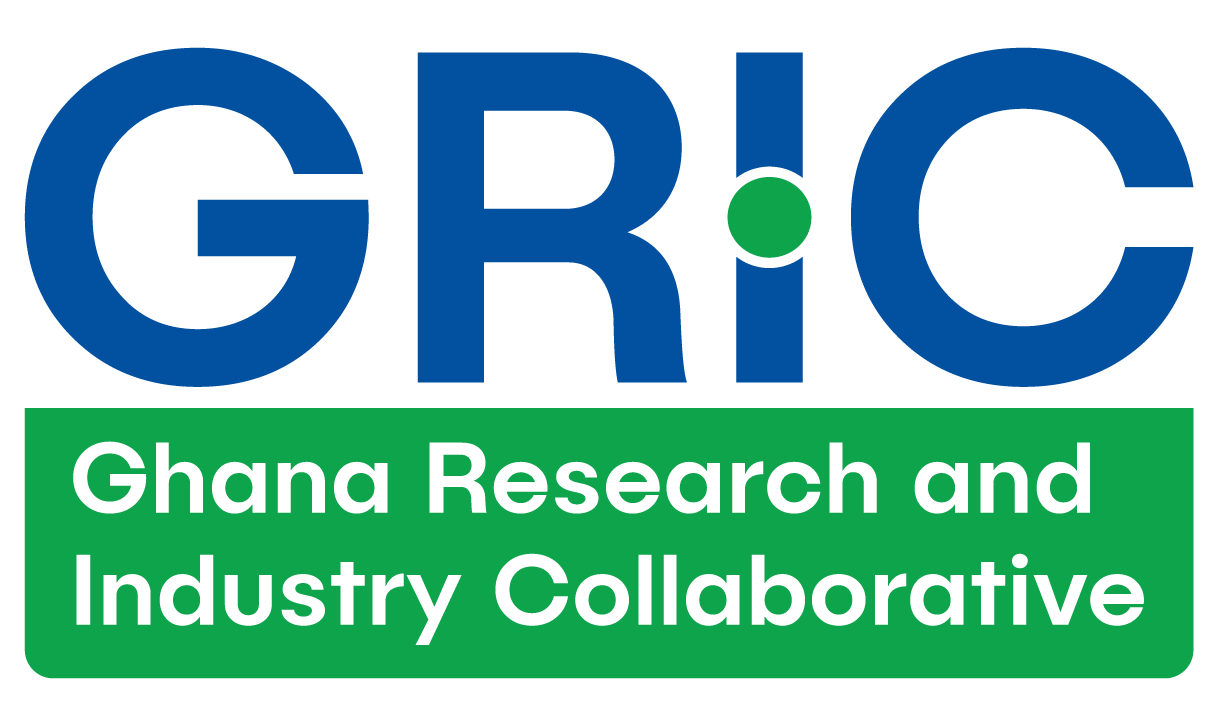This review discusses how Near Infrared (NIR) spectroscopy can be used to quickly and accurately measure the quality of cocoa beans and cocoa products. NIR spectroscopy is a non-invasive technique that helps in evaluating cocoa beans for factors like chemical composition, origin, and quality, which are crucial for ensuring the best products. The study highlights how this technology can be applied to the entire cocoa production process, from the beans to the final products, offering a faster, more reliable way to assess cocoa quality compared to traditional methods.
Despite the importance of cocoa in global markets, there has been limited application of NIR spectroscopy for assessing cocoa bean quality, especially in developing countries where most cocoa is produced. This review addresses the gap by demonstrating the potential of NIR spectroscopy to improve the quality and safety of cocoa beans and products, offering a modern solution to challenges faced by the cocoa industry.
This research is highly relevant to the cocoa and chocolate industries, particularly in quality control, product development, and fraud detection. It is also valuable for cocoa producers, exporters, and food safety authorities who are interested in ensuring the authenticity and quality of cocoa products.
The study suggests that NIR spectroscopy could revolutionize the way cocoa quality is assessed by providing a rapid, non-destructive method to analyze key quality indicators. This technology could be used on-site at cocoa farms or processing facilities, helping producers in developing countries ensure their products meet international standards. It also has the potential to detect fraud and ensure product safety, benefiting both producers and consumers.
The cocoa industry should invest in developing and adopting portable NIR spectroscopy devices for on-site quality assessment. Additionally, there is a need for global standardization of this technology to ensure consistent and reliable measurements across different regions. Further research should focus on expanding the range of cocoa samples used to develop more robust models, particularly from major cocoa-producing countries like those in West Africa.
